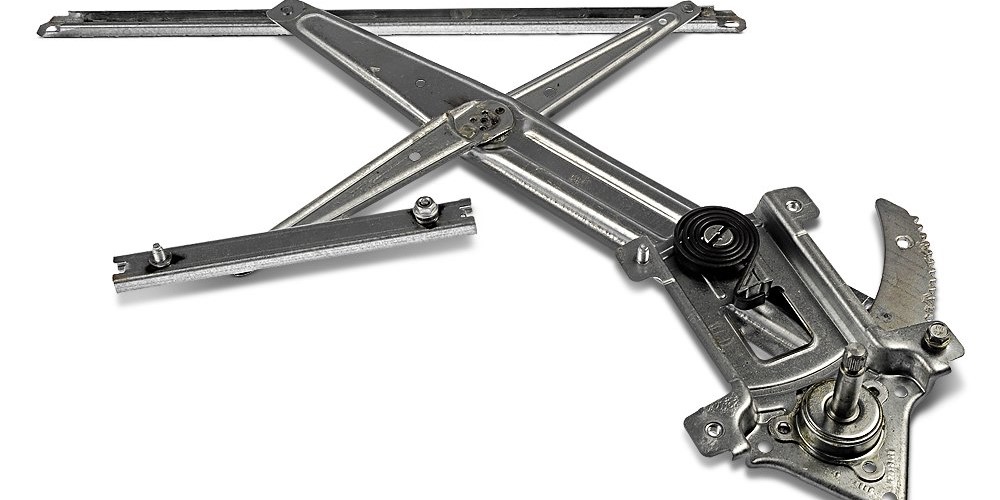When it comes to window regulators, you might be wondering what does a window regulator do. There are several types and different ways to repair them. You can find out about the various types and their different functions in this article. The costs of repairs are also discussed. In addition, you can learn how to repair them yourself if you need to.
Function
A window regulator is a device used to control the opening and closing of windows. They usually use a scissor-like mechanism. It consists of a main arm that connects to the window holder, a large plate with gear teeth on one end, and a smaller arm that crosses the main arm. The window is raised or lowered when an electric motor turns the worm gear, which coordinates with the teeth on the plate. In some cases, a manual crank handle may be used.
The technology used to manufacture window regulators has continued to advance. Newer models incorporate anti-pinch protection and one-touch comfort functions. These innovations have made window regulators more convenient for vehicle occupants and opened a new market for independent Aftermarkets.
Types
There are several types of window regulators, including cable and scissor-types. The scissor-type features a mechanism that looks like a pair of scissors and uses two hinged arms. One of the large arms is fitted with gear teeth, while the other pivots along the door frame. The mechanism can be either manual or electric.
A manual window regulator can be converted into a power window regulator by incorporating an electric motor into the mechanism. This will allow the driver to control the windows without needing to reach out for the crank. This option is more common in modern vehicles, but has the disadvantage of being difficult to maintain and more expensive.
Repair options
Power windows are one of the most important components of a car, and a malfunctioning window regulator can make it very difficult to operate them. Power windows open and close windows on a vehicle in order to keep passengers and the interior of the vehicle protected from elements. In addition, power windows add structural integrity to the vehicle. Two types of window regulators are commonly found in modern vehicles: cable-type and gear-drive.
While it’s tempting to replace the entire system when your window regulator breaks, there are other repair options available. A mechanical window regulator usually needs re-alignment or replacement because a gear has slipped or a part is damaged. In these cases, repair options include replacing a single small part or re-assembling the whole mechanism. These repairs typically require a higher level of expertise and labor.
Cost
The cost of replacing a window regulator will vary depending on the make and model of the vehicle. Depending on the manufacturer, a new window regulator can cost anywhere from $40 to $300. Aftermarket regulators are often less expensive. For example, a window regulator for a 2008 Ford Focus S can cost from $112 to $184.
A cable-style window regulator moves the window up and down a track. It is usually made of all-metal construction and operates with a cable. A cable-style window regulator has two interlocking arms. It is driven by a gear or electric motor and moves the window up and down. It is available for both manual and power window systems.
Installation
Before installing a window regulator, you must remove the old one first. You can use a pry bar to help you in this process. Next, slide the window regulator assembly through the door opening. You can also use masking tape to hold the window in place until it’s fully up. Then, tighten the bolts that secure the window regulator to the window. If necessary, you can use small bolts and nuts to secure the window regulator to the door.
A window regulator has a motor attached to an arm that moves back and forth to raise or lower the window. This motor turns an arm that pushes on the bottom of the window, which then raises or lowers the window. The regulator assembly is often riveted into the door, so you need to remove this rivet to remove the window regulator. To remove it, you will need a drill bit large enough to reach the center of the rivet and bite into the door’s metal. If you don’t have a drill bit large enough to get into the rivet, you can use a screwdriver as a chisel to pry out the window regulator assembly.






